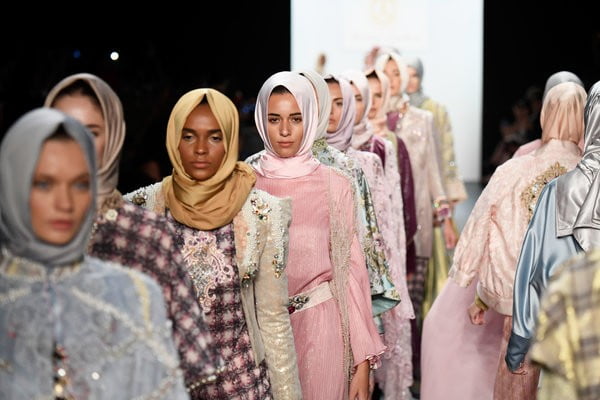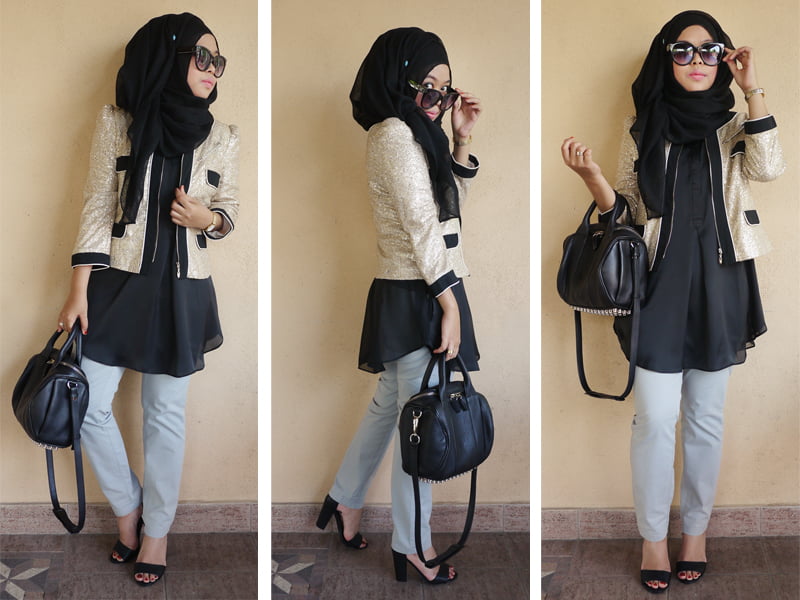Anniesa Hasibuan created history at the New York Fashion Week last year when she made models walk on the runway with Islamic clothing.
It was indeed a moment of pride for ignored women of colour, who are seldom provided a platform on elite, white international stages where privileged, white women have all the hegemony.
It was also a positive for the Muslim women in asserting themselves to the rest of the world, via a platform which has been populated by Muslim-exclusion.

So what is the problem?
The problem is when Islamic fashion is termed “modest fashion”. THAT makes me cringe.
Modest fashion is unambiguously defined as Islamic clothing. From what I make of it, “modest” = Islamic, “immodest” = unIslamic.
Also read: Is India Ready For Employing The Concept Of Uniform Civil Code?
What are the problems?
1. I have no problem if you call me unIslamic. That is true. I don’t follow the Qur’an though I have read it in bits and pieces (my favourite chapter is al-Nisa which is on women).
But equating modesty with Islamic fashion is also an attack on a woman who might not comply with the religion’s suggestion on how a woman should dress.
Yes, you have the license to redefine words and give a meaning to them, but not really at the cost of alienating certain women. Saying that a woman who chooses to show certain parts of her body is immodest is the same as saying that a woman in a hijab is oppressed.
That is hypocritical.
2. I am inclined to believe that the deconstruction of the word, “modesty” is the same as the deconstruction of the word “hijab”. Nowhere does the Qur’an mention that it is compulsory for women to wear a hijab. On the contrary, the only directive given to women is to cover their sexual organs so that they will be saved from assault.
“Tell the believing men to lower their gaze and be modest. That is purer for them. Lo! God is Aware of what they do. And tell the believing women to lower their gaze and be modest, and to display of their adornment only that which is apparent, and to draw their veils over their chests, and not to reveal their adornment.” (Quran 24:30)
Islam encourages equality. And in the pre-Islamic times, there were tribes. Naturally, the tribal chiefs and the servants/slaves used to dress differently.
The tribal chiefs, their families, and acquaintances dressed more elaborately than lower tribesmen. As a result, the Prophet would have encouraged everyone to dress “modestly” which really meant the elimination of all unnecessary embellishments.
The distortion of “modesty” from how moral ethics in the society are maintained and pursued to how a person should dress is something I have not understood yet.
You have other-ed me. It would be better if one simply called the Islamic fashion houses by the name that they should – Islamic Fashion Houses, yep. Why does one have to dichotomize the way one dresses at all?
And from personal belief, don’t you think it is important to define modesty on the basis of conduct rather than the way one has to dress?
We have to look inward, rather than outward.
“Immodesty” can be a choice too. And no one should be targeted for it.
Other recommendations:
http://edtimes.in/2017/04/islam-and-triple-talaq-is-not-all-about-female-oppression-lets-know-why/


































